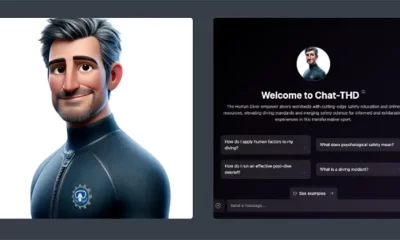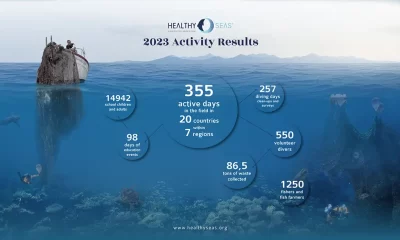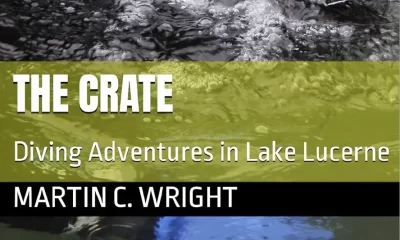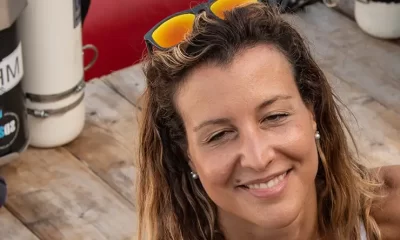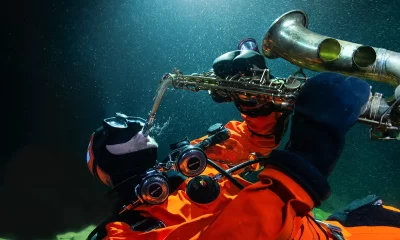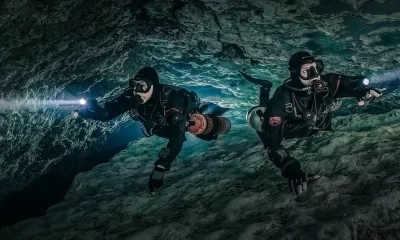News
Diving Pioneer and Inventor Phil Nuytten Has Passed On
R. T. (Phil) Nuytten, OC, OBC, L.L.D. (hon), D.Sc (hon)
1941-2023
Text and photos courtesy of the Nuytten family
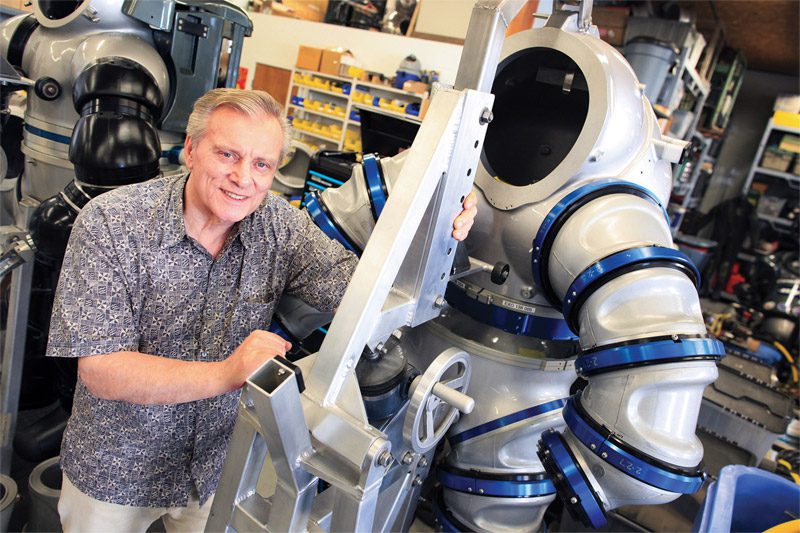
Phil Nuytten spent his life in subsea exploration. He logged many thousands of hours underwater world-wide as a working commercial diver, and as a developer of underwater equipment and techniques. He was widely regarded as one of the pioneers of the modern commercial diving industry and a significant force in the creation of new technology.
In the 1960’s and 70’s, Phil was heavily involved in experimental deep-diving and the development of mixed gas decompression tables. In 1968 he was a member of the team that completed the first 600-foot ocean ‘bounce’ dives on ‘Project Nesco’, and in 1972 he wrote the protocol for ‘Deep Work 1000’, the first North American thousand-foot saturation dive. These early projects helped set the international standards in use today.
In 1965 Phil founded Can-Dive Services Ltd, and in 1969, he co-founded Oceaneering International Inc. Both companies pioneered many early subsea development projects, and Oceaneering has gone on to become the largest publicly traded underwater skills companies in the world.
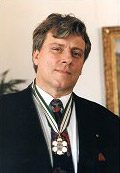
In the 1970’s, working with long-time colleague Dr. Joe MacInnis, Phil headed the equipment research component of a series of high-arctic expeditions. Among the goals of these expeditions was the testing of Phil’s designs of life-support gear for use in polar and sub-polar conditions. In 1984, Phil appeared on the cover of National Geographic Magazine for his record dives through ice-covered arctic waters onto the Breadalbane, the northern-most known shipwreck. His involvement in underwater activities in virtually all of the world’s oceans has resulted in articles on his work in Reader’s Digest, Business Week, Newsweek, Time, Popular Science, Discovery, Fortune, and Scientific American, as well as dozens of diving and aerospace technical journals. Phil was a popular speaker at underwater conferences around the world and has published numerous technical papers on his leading-edge work in subsea technology.
Phil was instrumental in the development and current acceptance of Atmospheric Diving System technology. In 1977, he began work on a revolutionary new one-atmosphere diving suit that resulted in a patented break-through in rotary joint design, which formed the basis for the world-famous ADS ‘Newtsuit’, a thousand foot-rated hard suit that completely protects the wearer from outside pressure and eliminates the need for decompression, while still maintaining mobility and dexterity. Always looking to improve on technology, Phil later introduced a new concept for an ultra-light weight hard suit called the ‘Exosuit ADS’. In spring 2012 the first production Exosuit ADS was unveiled, a natural successor to his original Newtsuit, and, like its predecessor, the Exosuit ADS a valuable tool for research scientists around the globe, as well as commercial dive companies, military organizations and explorers.
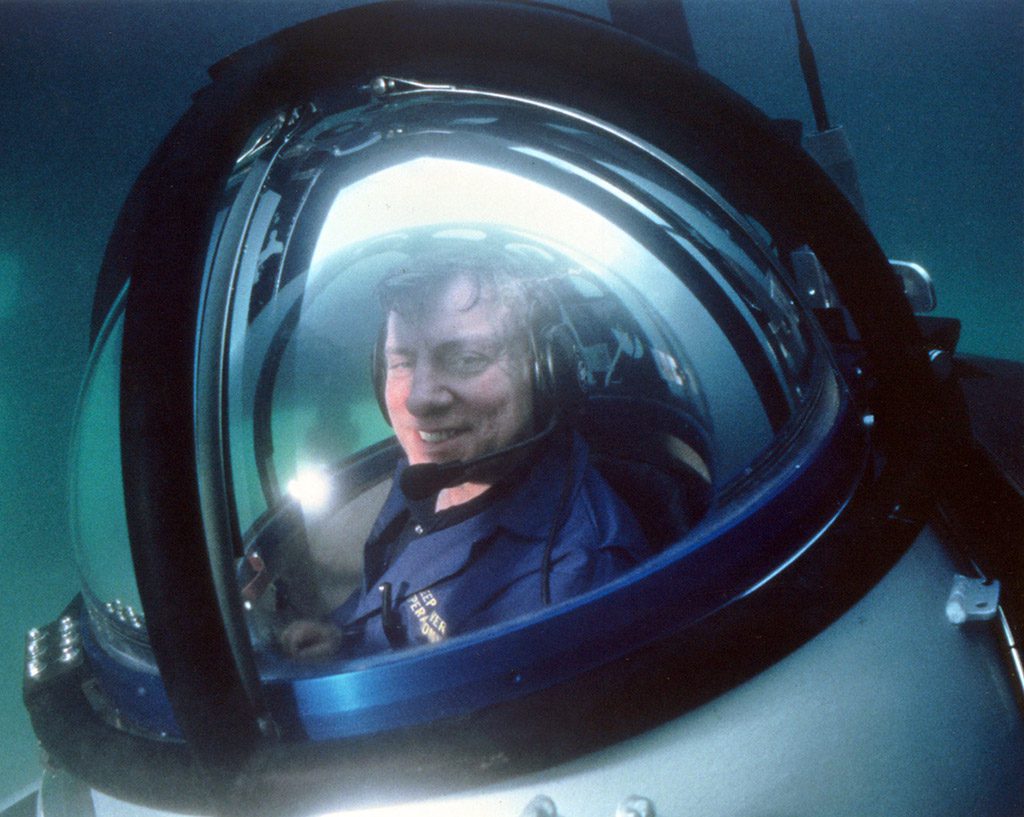
Among his diverse interests, Phil was a noted expert on West Coast Native Art. In 1982 he published a book called The Totem Carvers. An accomplished carver himself, Phil was of Métis descent and was adopted into the West Coast Kwakwaka’wakw First Nation. He also frequently acted as a consultant for appraisals of West Coast Native art and antiquities.
In 1992, Phil Nuytten received the Order of British Columbia, his home province’s highest honour, in recognition of his contribution to the economic well-being of the province and the recognition and support of the native culture, and for making the province known beyond its borders as a leader in underwater high-technology. On Canada Day 2016, Phil was appointed an Officer of the Order of Canada “for his innovations in deep-sea exploration, which have improved safety and made Canada a leader in underwater development and commerce.”
Of the many projects he conceived and patented, Phil often said he was proudest of the ‘Remora’ submarine rescue system, a rescue vehicle with a manned personnel compartment and a patented articulated mating skirt that permits mating with a disabled submarine at angles of misalignment up to 60°. During a NATO presentation by the U.S. Navy ‘Remora’ was described as a major breakthrough in submarine safety. ‘Remora’ vehicles subsequently were purchased by both the Australian and American navies. In 2008, the US Navy announced the successful test of the ‘Pressurized Rescue Module System’ (PRMS) and described it as “the world’s most technically capable submarine rescue system”. The PRMS was based on Phil’s 1997 patent.
Phil and his design team also produced the two thousand foot-rated micro-submersible ‘DeepWorker’ and received a five-year contract from the National Geographic Society to provide DeepWorkers and crews on the ‘Sustainable Seas Expeditions’, an initiative to study deep ocean environmental impact. The use of the DeepWorker micro-subs to explore and monitor marine sanctuaries has significantly increased scientists’ understanding of underwater ecology, habitats, and biodiversity.
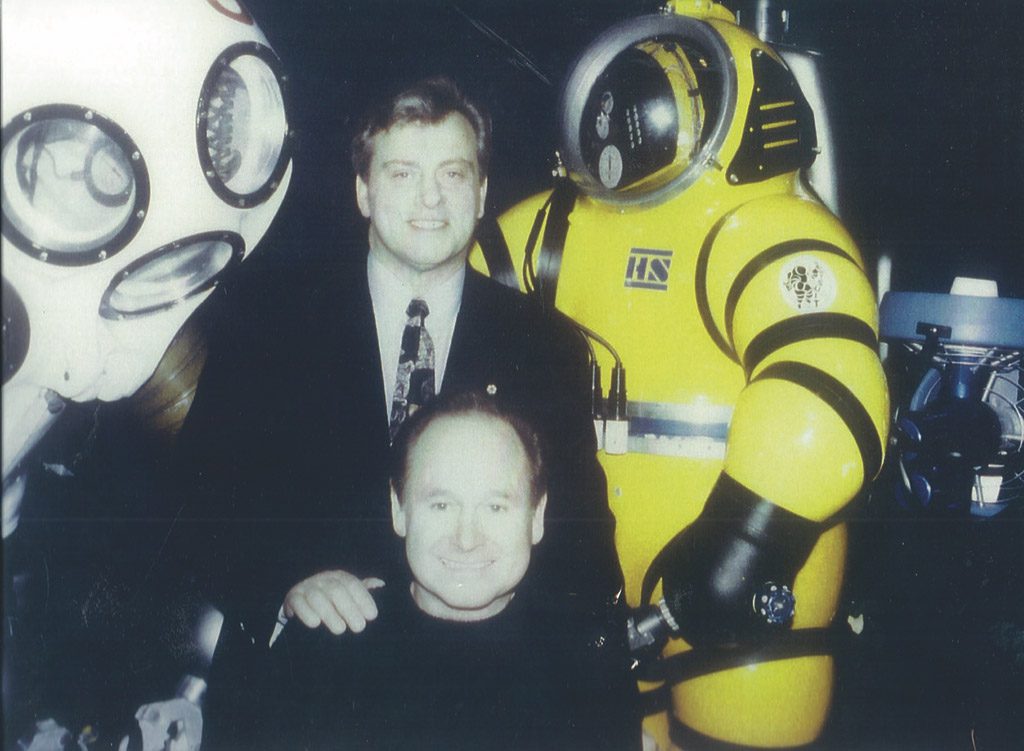
Phil was heavily involved in the production of film and TV specials based around his unique technology. Made for TV specials include a one-hour CBC special on his life and work called “Descent of Man”, NBC ‘Mysteries of the Sea’, Walt Disney’s “Pressure Point”, and dozens of Canadian, U.S., European and Asian specials. Phil was also senior technical advisor and provided the submersibles and other futuristic subsea devices for James Cameron’s Academy Award winner “The Abyss” and consulted on Cameron’s ‘Titanic’.
Phil Nuytten spent over fifty years developing undersea systems that have the safety of the diving technician as their common theme; to provide scientific, technical, military and sport divers full access to continental shelf depths without the hazards of decompression, so that humans can explore, learn about, and—ultimately—protect the world’s oceans. And Phil loved every minute of it.
Phil Nuytten was the Chairman of the Academy of Underwater Arts & Sciences at the time of his passing. He had been inducted into the AUAS Diving Hall of Fame in 1997 and passed away on May 13, 2023, at the age of 81.
DIVE DEEPER
TEDx: Welcome to Vent-Base Alpha | Dr. Phil Nuytten | TEDxWestVancouverED
aquaCORPS archives: Think Hard: Interview With Phil Nuytten (1994)



















